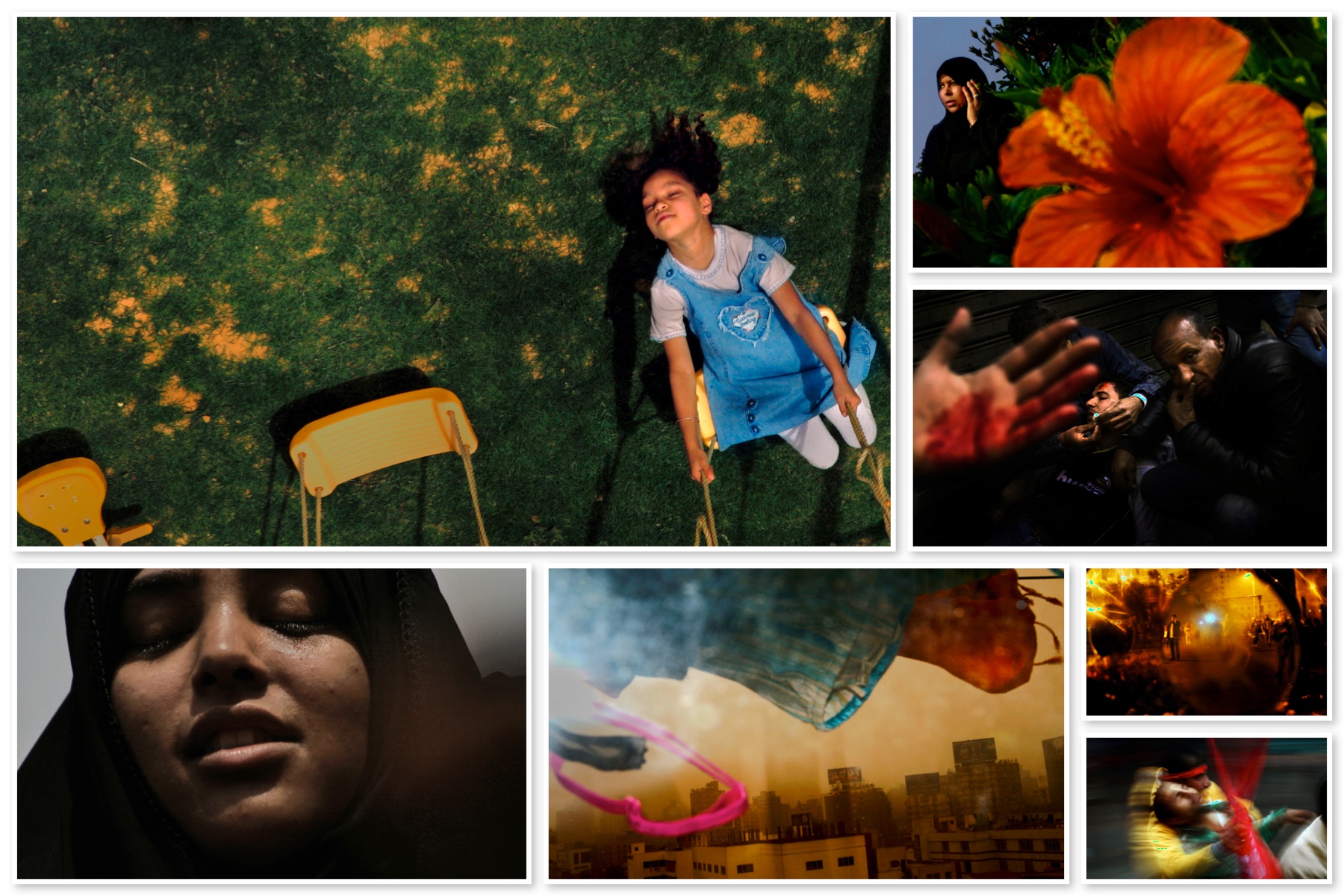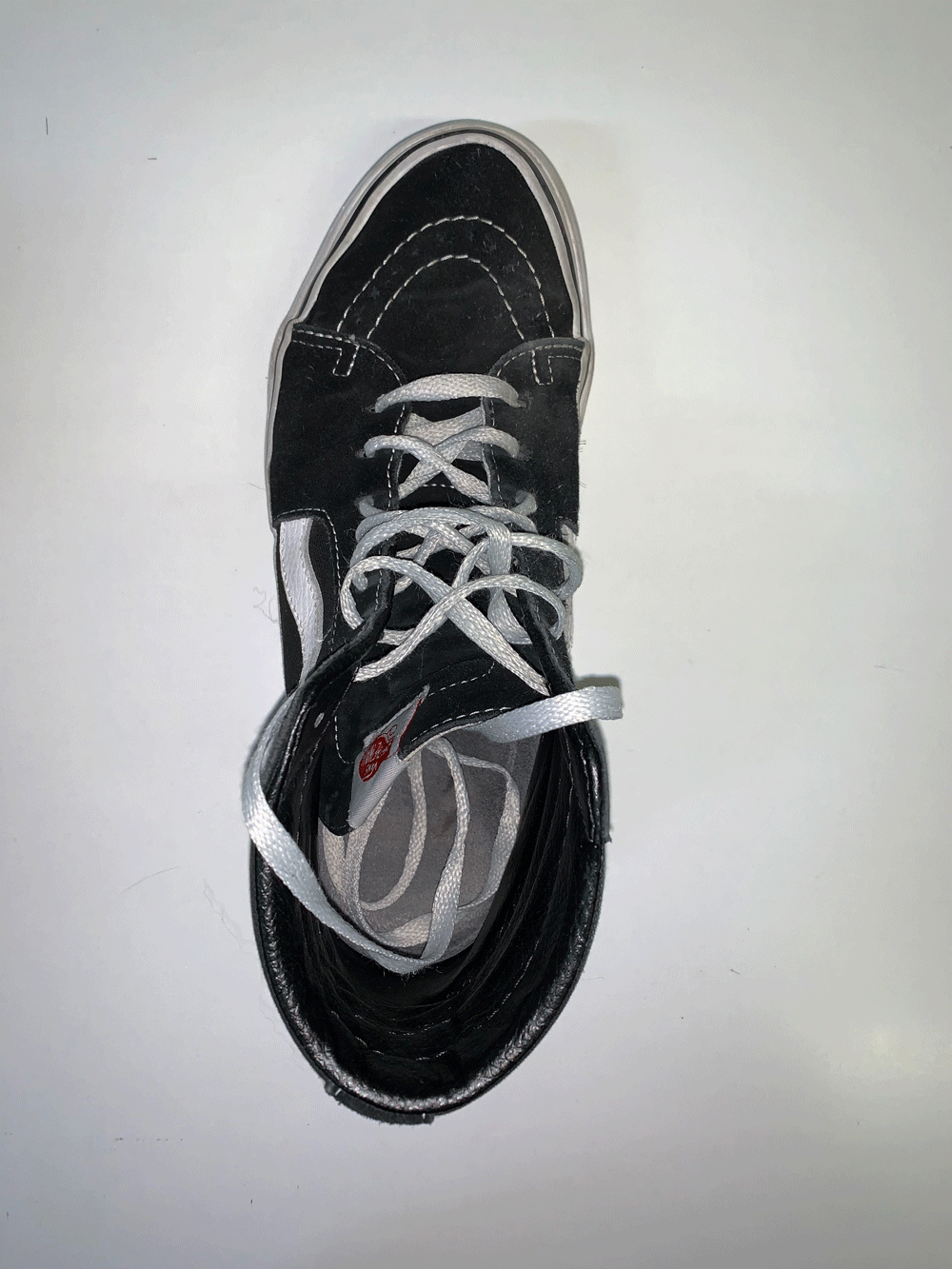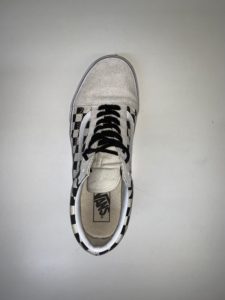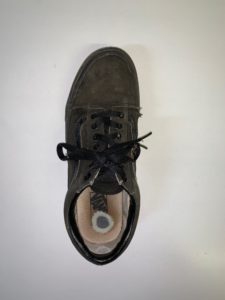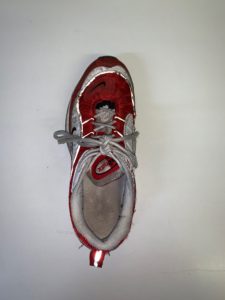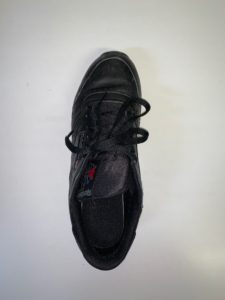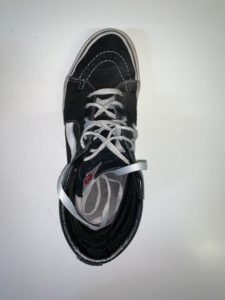Colour has the power to portray feelings, being used in all forms of media, from literature to film. It has the ability to influence emotion and is a common technique in Marketing to reflect how a business wants their customers to feel about a product – 90% of snap judgments made about products can be based on color alone.
Colour meanings can reflect personal mentality’s, demonstrating one’s past experience or culture. For instance, while the colour white is often used in many Western countries to represent purity and innocence, it is seen as a symbol of mourning in many Eastern European countries. However, Colour also has international meaning.
RED: Danger, Passion, Excitement & Energy
Red is a very strong and noticeable colour that is often used on signs for signaling caution or warning. It is a warm colour that evokes a strong sense of passion, lust, sex, energy, blood and war. On the negative side, it represents revenge and anger.
The colour red can increase enthusiasm and confidence as well as
raising blood pressure and heart rate.
YELLOW: Optimistic, Cheerful, Playful & Happy
Yellow is the brightest color that the human eye can see. It represents youth, fun, joy, sunshine and other happy feelings. It is a cheerful and energetic colour hence its use in children’s toys and clothes. Darker shades of yellow are used in life vests, police cordoning tape and hazardous areas as a cautionary colour, as well as representing jealousy, decay and disease.
The colour yellow sharpens memory and concentration, making it easier to take decisions, yet can also be anxiety-provoking as it moves rapidly forward in life.
GREEN: Natural, Vitality, Prestige & Wealth
Green is the colour of nature and health. It represents growth, fertility and safety. Darker shades are associated with ambition, greed and jealousy.
The colour green provides both mental and physical relaxation
as well as a sense of renewal, freedom, self-control and harmony.
BLUE: Communicative, Trustworthy, Calming & Depressed
Blue is a colour that symbolizes loyalty, strength, wisdom and trust. Being the colour of the sky and the sea, it is a colour known to have a calming effect on the psyche hence its use in hospitals and airlines. However, being associated with the emotional feeling of being ‘blue’, it is also used to express sadness or depression.
PURPLE: Royalty, Majesty, Spiritual & Mysterious
Darker purple shades are traditionally associated with royalty, representing luxury and opulence whilst lighter shades are quite feminine, sentimental and even nostalgic.
The colour purple encourages creativity and imagination being used to represent the future and dreams. It inspires our psychic abilities and spiritual awareness as well as ensuring that we stay grounded and down to earth.
ORANGE: Fresh, Youthful, Creative & Adventurous
Orange is an optimistic and uplifting colour that promotes risk-taking, physical confidence, competition and independence. It is often associated as a colour of youth.
However, darker shades of orange can mean deceit and lack of confidence.
PINK: Feminine, Sentimental, Romantic & Exciting
Soft pinks are stereotypically associated with feminine qualities as they represent sweetness, playfulness and cuteness. However, other shades can be considered sentimental and romantic, being used as the universal colour of love of oneself and of others. At the other end of the scale, hot pink indicates youthfulness, energy, fun and excitement.
BROWN: Organic, Wholesome, Simple & Honest
Brown is associated with healthy, natural and organic things, and everything related to the outdoors. The colour calls for high priority, a strong need for security, belonging to a family and having lots of good friends. Of colour meanings, brown stands for material security and acquirement of material possessions.
From a negative perspective, the colour brown may also give the impression of stinginess or dirtiness.
WHITE: Purity, Simplicity, Innocence & Minimalism
White is a simplistic colour, often used by charity and non-profit organizations, as it symbolizes positivity and innocence. Hollywood often depicts their actors in white as being good, using such imagery as white horses or cowboys with white hats.
In colour psychology, white is the colour of new beginnings – wiping the slate clean.
The white colour is also used in many medical practices such as dental clinics, doctor’s waiting rooms and operating rooms, as an indication of cleanliness and efficiency.
Although there are very few negative aspects of the colour white, ‘too much’ white can seem cold, isolated and empty. White can give a sense of sterility, distance and lack of interest.
BLACK: Sophisticated, Formal, Luxurious & Sorrowful
Black is most commonly viewed as a colour that portrays something evil, depressing, scary and deadly. The black colour meaning is often negatively charged, as in “blackmail”, “blacklist” and “black hole” etc.
Black is the absorption of all colours and the absence of all light. This makes it popular in hiding ourselves from the world around us. Some use it to hide their weight, while others use it to hide emotions, fear and insecurity.
Black is also a very powerful colour that symbolizes class, elegance and wealth. Stylish clothing is often designed in black, everything from suits, to sexy black dresses, to formal black tie outfits. From formality to mourning to power, black is bold, classic and not to be fooled with.
Websites used:
https://www.color-meanings.com/
https://www.canva.com/learn/color-meanings-symbolism/

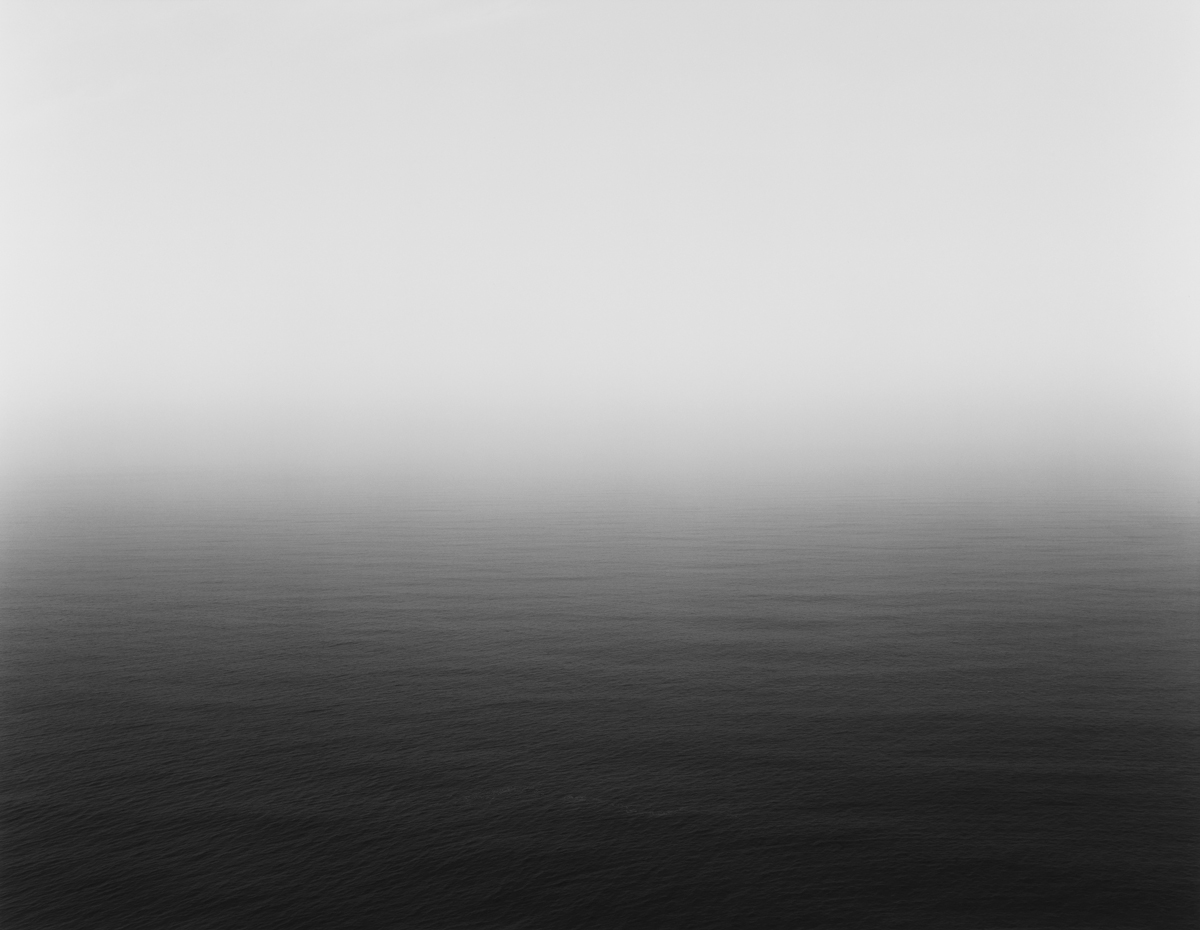


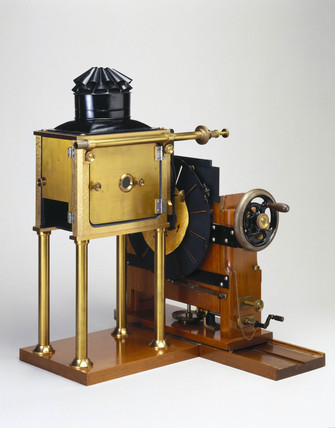



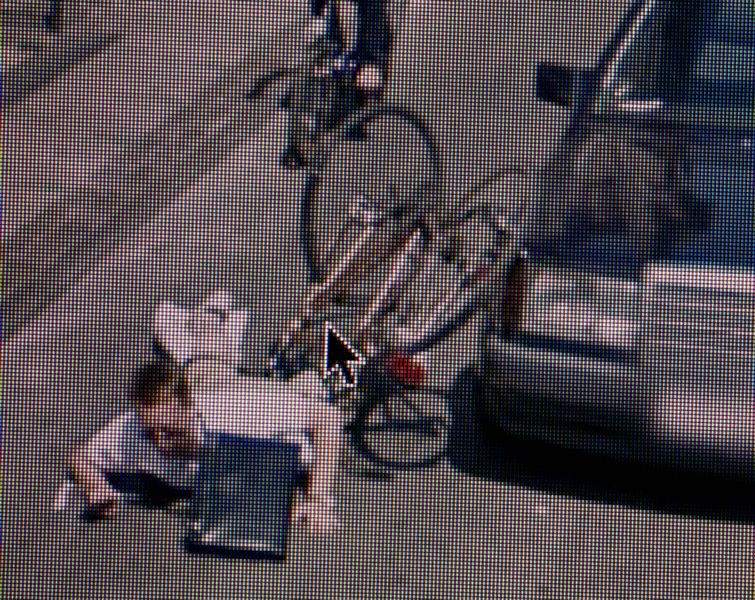

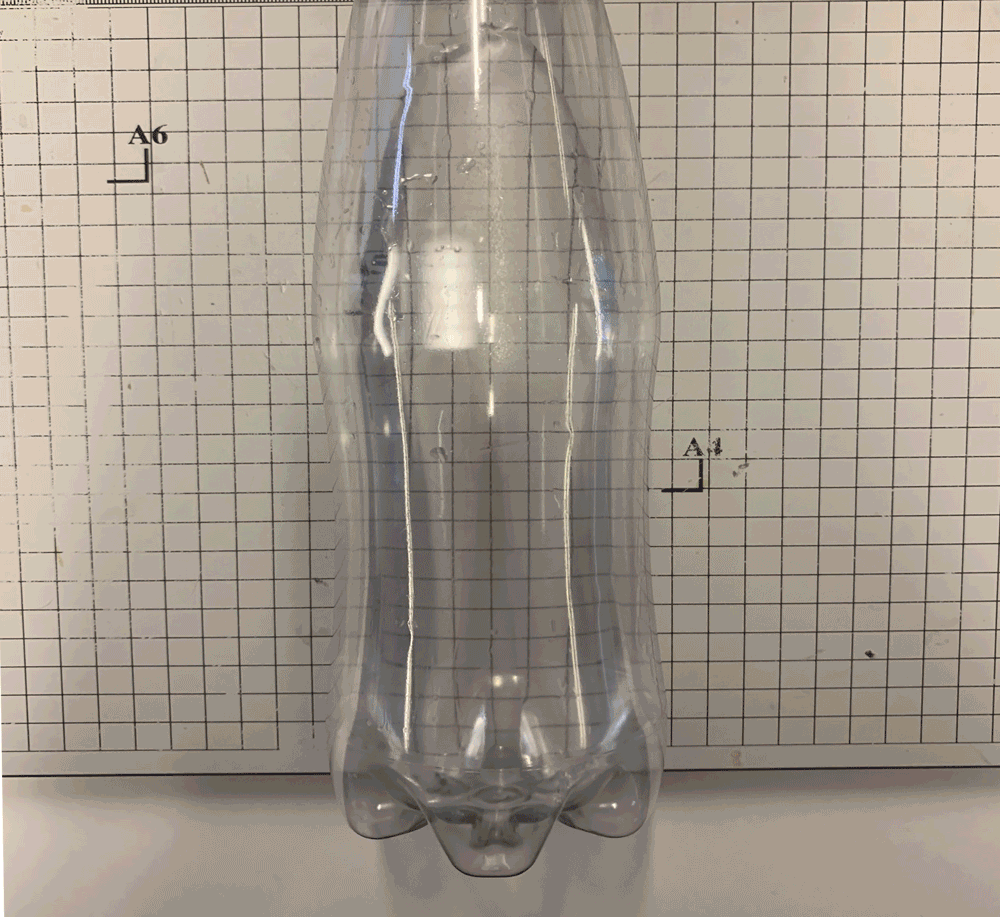
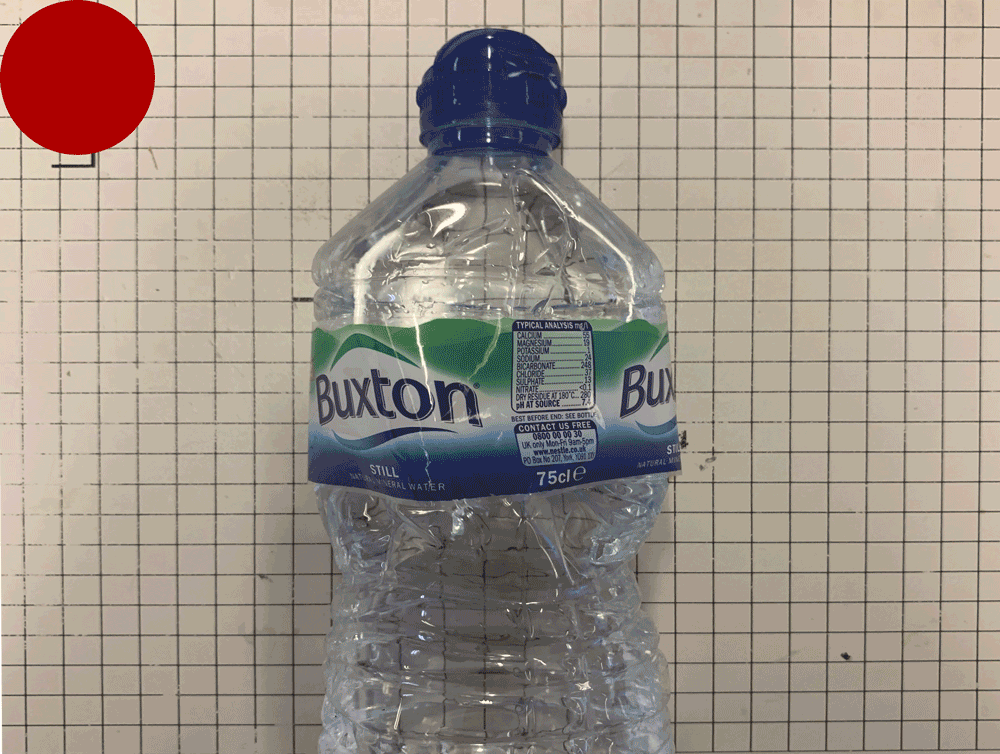
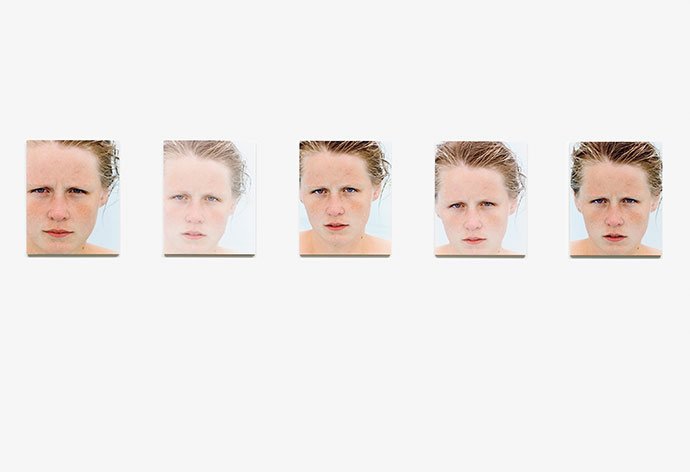


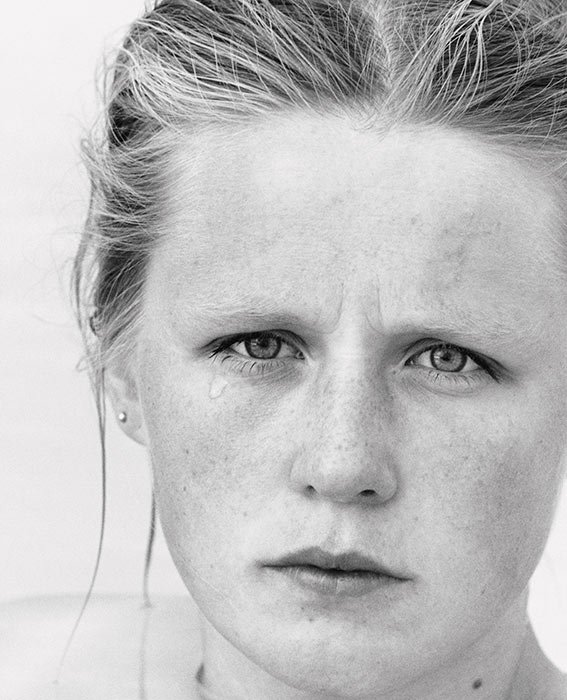
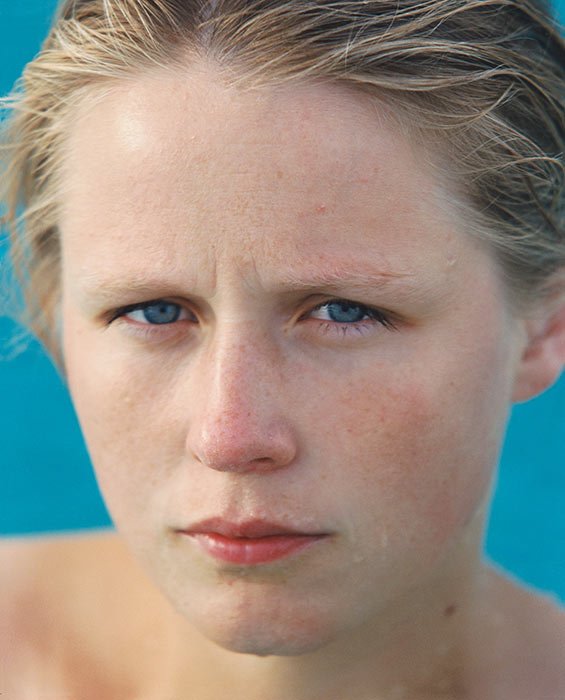
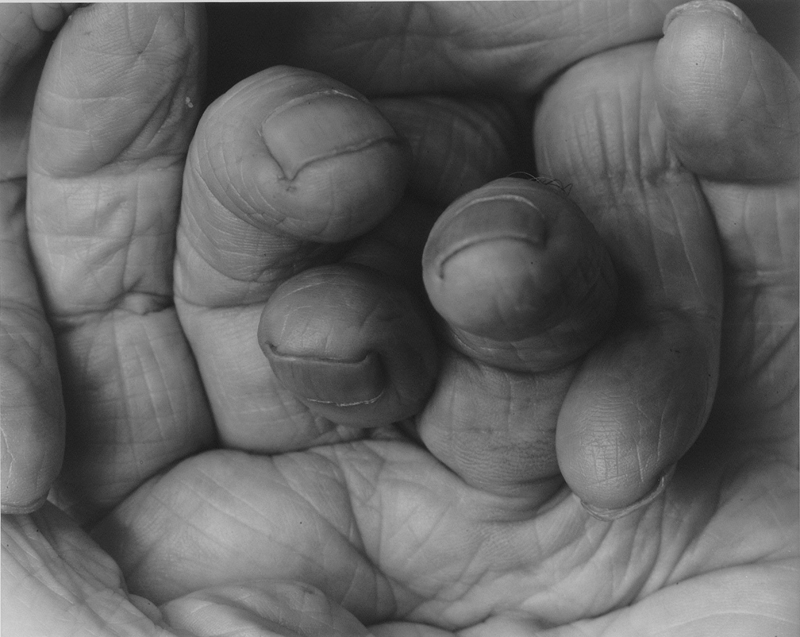




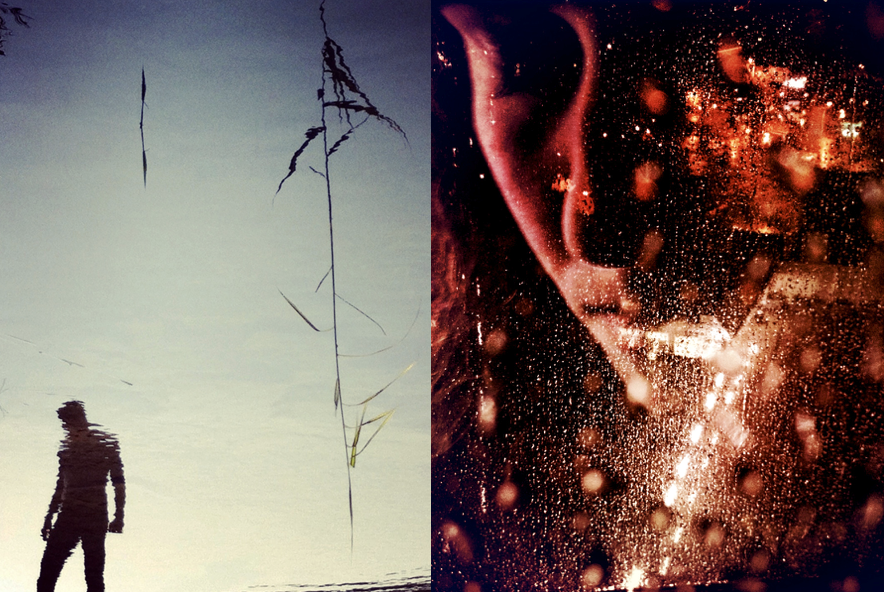
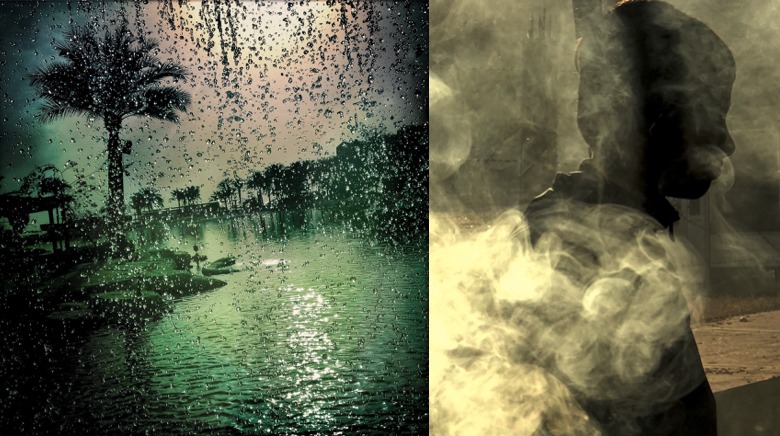 This perception of seeing the smoke is perhaps one of my favourite images, this is due to the interesting composition. I believe the effortlessly of the lighting, and a habit which is deemed as dangerous and unhealthy, is almost presented as beautiful within this image. The lighting is almost embellished within the fluidity of the weaving smoke. And something which was once deadly she had now turned into art. I also think the use of the shadow instead of showing the whole man himself, also creates a more successful piece. it brings out a more occurrent resemblance of mystery within the work. Too the image on the left is a scene of a hardship, and flooding, it is once again something never seen as beautiful or perhaps even a sight portrayed as picturesc. Below i’ve added some quote and reasonings as two why the artist has created these images, and what they mean to her.’ Enclosed between four walls, the sound of silence never seemed louder. It’s claustrophobic. I wait for the phone to ring, check for emails obsessively, eat everything out of the fridge. The hunger remains. I feel like if I dig my hand deep into my soul, I will find nothing. The awareness I am experiencing is unspeakable. Faces change when we meet. Is their solitude reflected in mine? There is an awkward silence.’
This perception of seeing the smoke is perhaps one of my favourite images, this is due to the interesting composition. I believe the effortlessly of the lighting, and a habit which is deemed as dangerous and unhealthy, is almost presented as beautiful within this image. The lighting is almost embellished within the fluidity of the weaving smoke. And something which was once deadly she had now turned into art. I also think the use of the shadow instead of showing the whole man himself, also creates a more successful piece. it brings out a more occurrent resemblance of mystery within the work. Too the image on the left is a scene of a hardship, and flooding, it is once again something never seen as beautiful or perhaps even a sight portrayed as picturesc. Below i’ve added some quote and reasonings as two why the artist has created these images, and what they mean to her.’ Enclosed between four walls, the sound of silence never seemed louder. It’s claustrophobic. I wait for the phone to ring, check for emails obsessively, eat everything out of the fridge. The hunger remains. I feel like if I dig my hand deep into my soul, I will find nothing. The awareness I am experiencing is unspeakable. Faces change when we meet. Is their solitude reflected in mine? There is an awkward silence.’